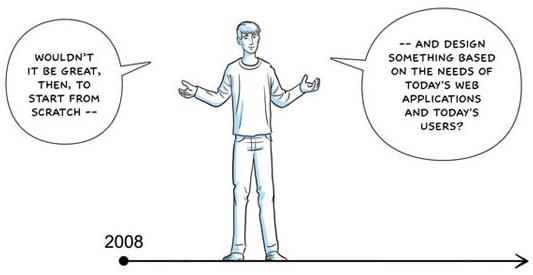Amazon released CloudFront to public beta today. It’s a simple way to get free content publicly available to the edge of the network (closest to the recipient downloader).
From the AWS announcement:
Amazon CloudFront is a web service for content delivery. It integrates with other Amazon Web Services to give developers and businesses an easy way to distribute content to end users with low latency, high data transfer speeds, and no commitments.
Here’s how it works:
- Upload your content files to S3.
- Call the CloudFront API, specifying the S3 bucket.
- Use your S3 bucket’s already created domain and filename in your website (no change here).
- When a customer clicks a link the closest file is automatically routed.
UPDATE:
So, uhhh, what’s special here? From AWS’s description, CloudFront is simply setting a flag for your S3 bucket that means it’s to be distributed around the cloud or remain in a single location.
This should be an addition to the S3 service, not a separate service. The added step of having to let CloudFront know you want the edge network coverage is an unnecessary chore. It would be better as an attribute for the S3 bucket. This would make S3 a stronger brand, keep it clearer for those navigating AWS, and simplify the process of pushing content (1 less step).
Here’s how much it costs:
Continue Reading




